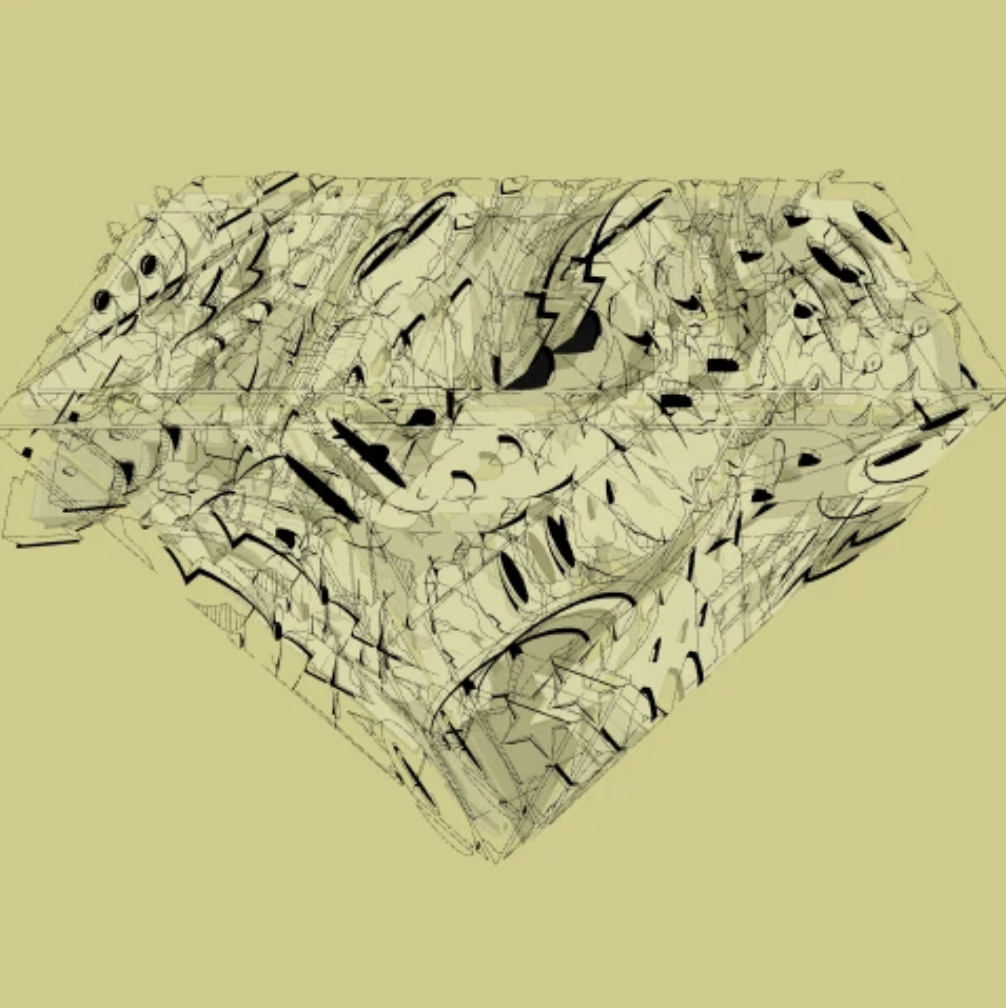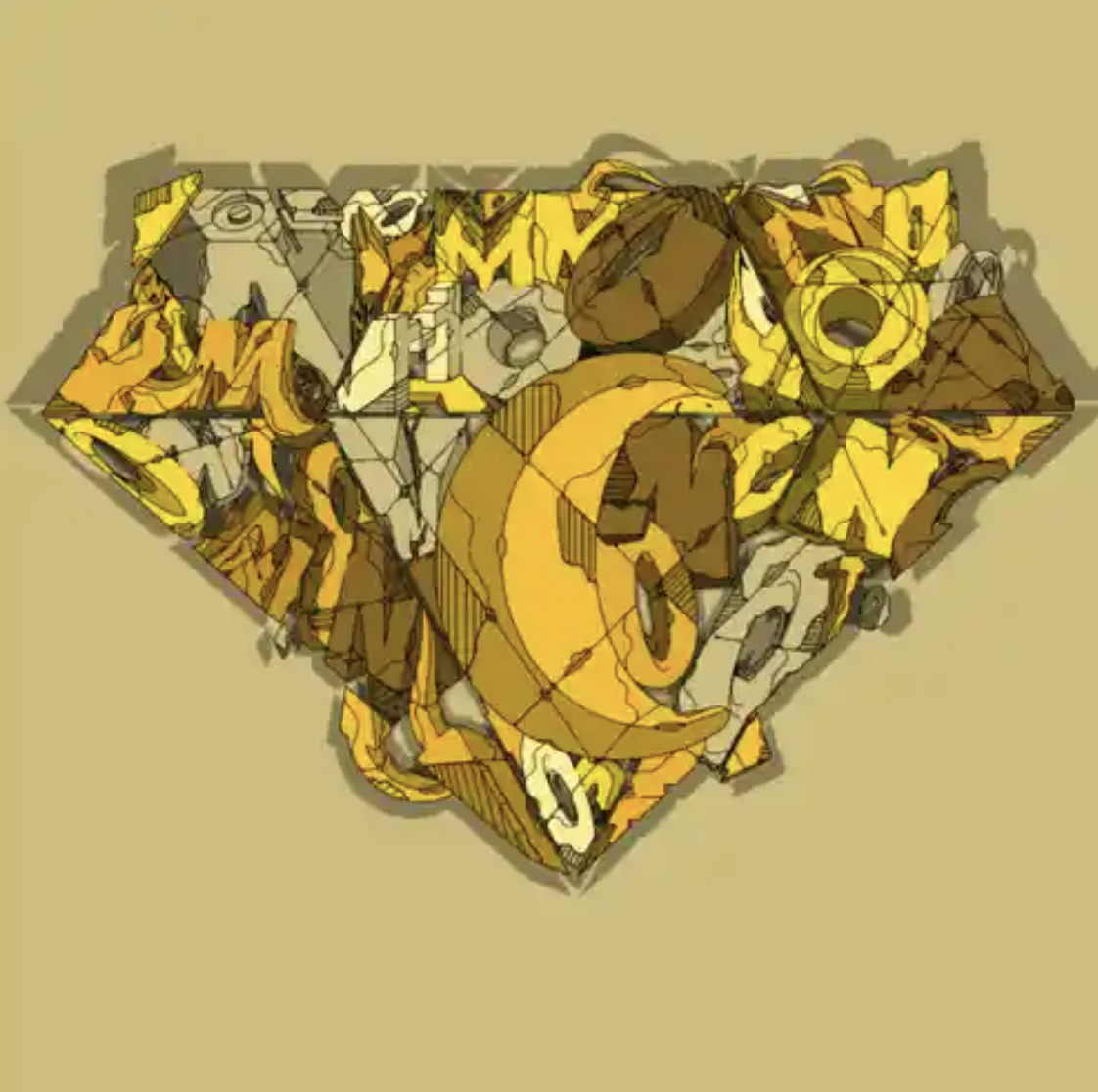
Onchain Cultural Artifacts
In the shadowed antechamber of the future, where the digital and the tangible waltz in an ever-blurring embrace, lies the enigmatic realm of Non-Fungible Tokens (NFTs). Once dismissed as the ephemeral dalliance of the digital elite, NFTs have burgeoned into a cultural phenomenon. As we stand on the cusp of 2030, our eyes set upon the horizon of possibilities, we are not merely observers but participants in a renaissance of ownership, artistry, and expression.
The unyielding spirit of innovation and the indefatigable pursuit of beauty.
Genesis of a New Epoch
In the current epoch, the NFT marketplace, valued at a seemingly modest $15 billion, is a crucible of untamed potential. It has witnessed zeniths at $35 billion and nadirs around $7 billion in 2023. Yet, as we peer into the kaleidoscope of 2030, we foresee not just incremental growth but a seismic cultural shift. Envision a marketplace where the cap breaches the $1 trillion mark, where over 100 million connoisseurs and novices alike find sanctuary and voice in these digital masterpieces. This isn't mere growth; it's the dawning of a new epoch where digital artifacts are as revered as their physical ancestors.
The Odyssey of Cycles
The journey to 2030 is an odyssey marked not by the passage of time but by the rhythm of cycles — each a crescendo and diminuendo in the symphony of the marketplace. These cycles are the heartbeat of the NFT world, each pulse a testament to its resilience and a prelude to its next resounding echo. As we anticipate three more epic cycles before 2030, we understand that these are not mere fluctuations but the narrative arcs of a grander saga. They are the trials through which the digital chaff is separated from the pixelated wheat.
The AI Muse and Her Progeny
NFTs find themselves in an intricate pas de deux with Artificial Intelligence — a partnership that promises to redefine the very essence of creation and ownership. By 2030, NFTs, infused with the spark of AI, will transcend their static existence to become dynamic, evolving tapestries of imagination and intellect. These will not be mere assets but living chronicles, each with its own saga, whispered in the binary breath of machines yet felt in the very core of our human spirit. (PFP 2.0)
Renaissance of Perception
To behold an NFT in 2030 will be to immerse oneself in an odyssey of sensation and sentiment. Technologies like Augmented and Virtual Reality will serve as the vessels for this journey, transforming mere perception into experience. NFTs will evolve from being objects of admiration to realms of immersion, where every pixel pulses with the lifeblood of its creator's vision. This renaissance will usher in a new era of interaction, where art is not observed but inhabited, and ownership is a gateway to uncharted worlds.
The Marketplace of Tomorrow
Venture now into the marketplace of 2030, a grand agora brimming with the buzz of a billion conversations, each a negotiation over pieces of digital eternity. Here, NFTs don't just command attention; they command respect, their value measured not in the cold calculus of currency but in the warm appreciation of millions. We gaze upon a horizon where the market cap is not just a number but a reflection of cultural and personal investment, where each NFT is a node in the vast network of human creativity and connection.
The Curator's Codex
As collectors and curators, our role in this burgeoning world is not merely to acquire but to understand, to appreciate, and to share. Our collections are more than an assemblage of works; they are galleries of thought, each piece a conversation, each artist a voice in the grand dialogue of our time. We stand as the custodians of this new frontier, each of us an architect in the digital landscape, shaping the contours of a world where every pixel holds the potential for wonder.
Epilogue: The Luminous Wake
As we stand at the threshold of 2030, we find ourselves in the luminous wake of a revolution, not just in technology but in the very way we perceive art, ownership, and connection. The world of NFTs is set to unfurl before us, a tapestry woven from the threads of imagination and innovation. This journey is more than a chronicle of investment and interest; it's a pilgrimage to the very heart of what it means to be a creator, a collector, and a curator in an increasingly pixelated world.
As we embark on the promising yet uncertain journey of Digital Artifacts, it's crucial to navigate with both excitement and caution. While this exploration into the world of NFTs is filled with potential, remember it's not financial advice but an invitation to understand and question. Unlike the traditional art world, where a robust ecosystem of institutions ensures the perpetual relevance of masterpieces, most NFTs lack this support network. Their survival relies heavily on the current holders, who may not have the same vested interest or resources as traditional art stakeholders in maintaining long-term value and interest.
In the digital realm, where interests shift rapidly, and new creations constantly emerge, sustaining the legacy and value of NFTs is a significant challenge. Without a concerted effort from a community or dedicated institutions, even the most celebrated digital artworks risk fading into obscurity. The future of these pieces rests on the willingness and capability of their custodians to invest in their prolonged prominence.
We're not just passive observers but active participants shaping what it means to own, appreciate, and preserve art.






Ordinal Diamonds 2.0 - OG AF fine art project - Sub 100K - Shaped by @JRschultz23
GM. Digital artifacts are unique digital entities with very specific characteristics.
- Ownership Possibility: For a digital item to qualify as an artifact, it must have the potential to be owned. Unlike abstract digital entities like a simple number, digital artifacts are proprietary, meaning they can be possessed and transferred by individuals.
- Completeness: A true digital artifact is self-contained and complete in its digital form. In contrast, an NFT that relies on external links to content stored on platforms like IPFS or Arweave does not meet this criterion of completeness and therefore falls outside the realm of digital artifacts.
- Permissionless Nature: A defining feature of digital artifacts is their permissionless aspect. If an NFT is encumbered by conditions, such as the necessity to pay royalties for its sale, it loses its status as a truly permissionless entity and, thus, its identity as a digital artifact.
- Uncensorability: Digital artifacts are resistant to censorship. Unlike entries in a centralized database that can be altered or censored, digital artifacts exist in a way that ensures their permanence and resistance to external control, thereby retaining their integrity over time.
- Immutability: The immutability of a digital artifact is paramount. Any NFT that includes a mechanism for alteration or upgrading does not align with the immutable nature of a true digital artifact.
The concept of a digital artifact is a comprehensive framework that aims to embody the ideal characteristics of Non-Fungible Tokens (NFTs) and the intrinsic properties of inscriptions. It's a standard that NFTs aspire to and occasionally achieve, reflecting a vision of digital ownership that is both robust and nuanced. This definition emphasizes the importance of attributes like completeness, ownership, permissionless interaction, uncensorability, and immutability. By adhering to these principles, digital artifacts stand as a testament to the potential of blockchain technology in creating a new realm of digital collectibles and assets.
Base Principles
1. Humans are wired to collect
2. Humans collect art
3. Art is a time-tested economy
4. Digital Art is art
5. The future is increasingly digital
6. Art will trend increasingly digital
7. Digital Art (Asset) ownership is essential
8. NFT is an own-able canvas/receipt
9. NFT is a provably scarce connection to a digital artwork and its creator
10. Longterm value of an NFT will trend with the creator’s adoption and evolution
